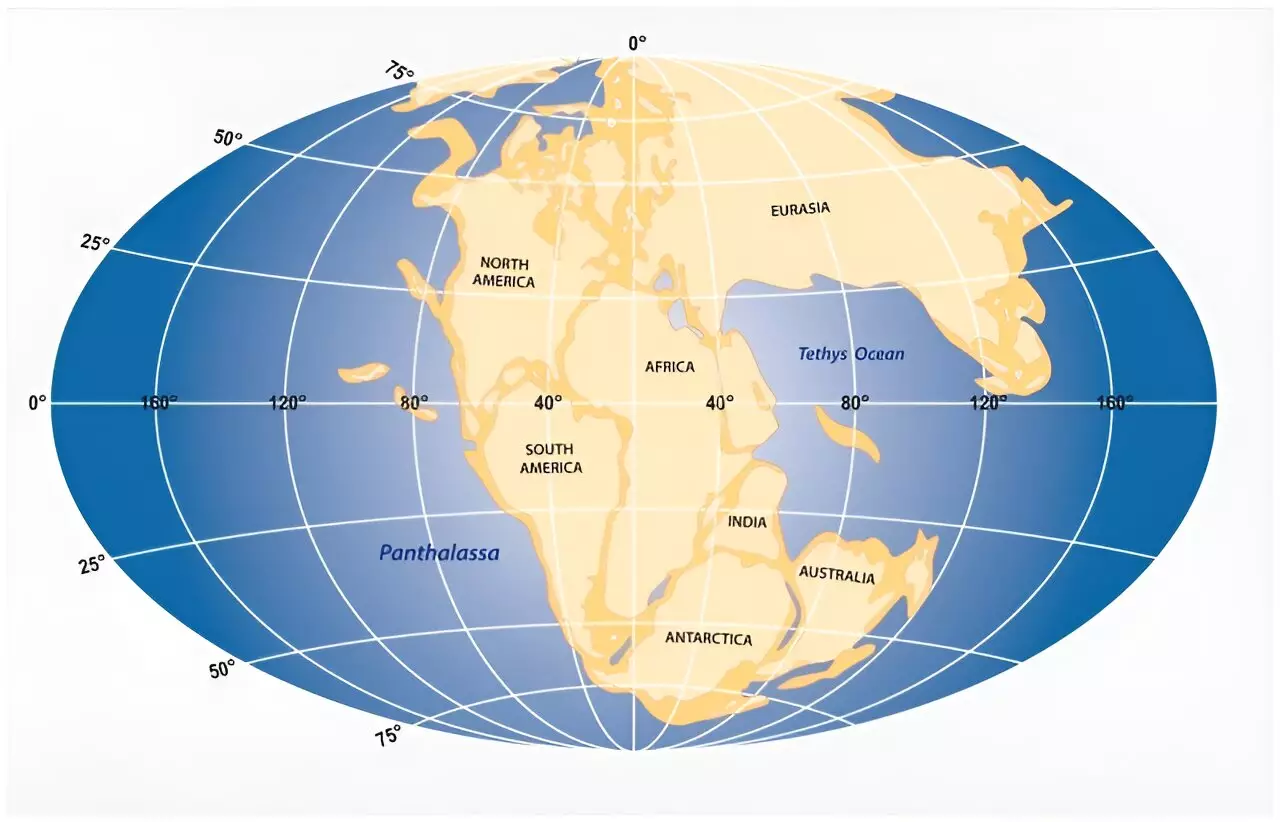A recent study published in the Journal of Geophysical Research: Solid Earth has uncovered fascinating insights into the formation of the East Coast of the United States. This region, known as a “passive margin” in geological terms, played a crucial role during the breakup of the supercontinent Pangea and the opening of the Atlantic Ocean approximately 230 million years ago. The study, conducted by researchers from the University of New Mexico, SMU, Northern Arizona University, and USC, delves into the structure of rocks and the presence of magma-derived rocks along the East Coast. This research provides valuable information for understanding the geological history of the region and its significance in the context of hydrocarbon extraction and climate preservation.
Passive margins are characterized by their minimal faulting or magmatism, making them geologically “quiet” areas where land meets the ocean. Investigating the formation of passive margins is crucial as they serve as stable regions for the extraction of hydrocarbon resources. Additionally, the sedimentary archive found within these regions holds vital information about the Earth’s climate history spanning millions of years. The study’s findings shed light on how the East Coast’s passive margin formed when Pangea fragmented, which in turn may have influenced the structure of the Mid-Atlantic Ridge – a massive underwater mountain system stretching across the Atlantic Ocean.
To conduct their research, the study team utilized ocean-bottom seismometers, special instruments capable of analyzing rocks deep below the ocean floor, approximately 10 to 20 kilometers down. By measuring the sound speed of rocks beneath the surface, scientists were able to determine their composition and rock type. This innovative approach provided crucial insights into the structure and evolution of the rocks along the East Coast’s passive margin.
Understanding how continents break apart is a fundamental question in Earth Sciences. The research undertaken in this study contributes to a broader effort dedicated to unraveling the intricacies of this complex process. By analyzing the rocks and rock types along the East Coast, scientists gain a deeper understanding of the forces that shaped the region during the breakup of Pangea. These findings have implications not only for understanding the geological history of the East Coast but also for predicting the potential changes that may occur due to long-term climate variations and rising sea levels.
The recent study highlighting the formation of the East Coast’s passive margin offers a fresh perspective on the region’s geological history. Through the use of ocean-bottom seismometers, scientists have gained valuable insights into the structure and composition of rocks beneath the ocean floor. This research not only contributes to our understanding of how continents break apart but also provides important information for industries such as hydrocarbon extraction. Furthermore, the sedimentary archive found within passive margins holds invaluable data about the Earth’s climate history. As we continue to explore the mysteries of our planet’s formation, studies like this serve as milestones in our quest to comprehend the intricate processes that have shaped the world we inhabit.


Leave a Reply